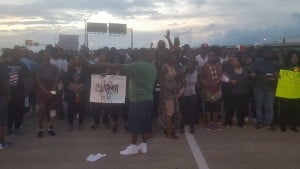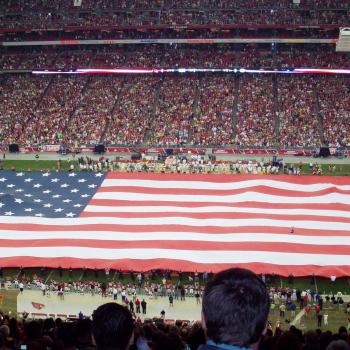by Earle Fisher
First published in the New Tri-State Defender
The Black faith community, especially the Black church, is no stranger to death. There’s a funeral every week at some church. But what has become all-too-common is death on church grounds.
In times past, Ku Klux Klan affiliates would target and bomb churches to continue the type of physical, psychological and theological terrorism that gave rise to hush harbors. In 2012 a Sikh temple was targeted by a racist who was hell-bent on turning a place of meditation into the site of a massacre. Within the past year, a white supremacist shot nine people at Emmanuel A.M.E. Church in Charleston, S.C. Weeks later, a domestic dispute over visitation rights lead to the shooting of three people in a sanctuary of a church in Selma, Ala.
Regretfully, church shootings have become so common that there is now a National Church Shooting Database. Studies have found that although not all church shootings are motivated by prejudice, most of them are. To add insult to inspirational injury, there have been two shootings by law enforcement officers in Memphis that took place on holy ground. Last July, Darrius Stewart was shot and killed on the youth campus of New Direction Christian Church. In January, Jonathan Bratcher was shot and killed behind St. Andrews A.M.E. Church. Black men slain at black churches by the boys in blue.
What is most unsettling is how those who should be trained in discipline and restraint have seized the opportunity to fire lethal shots on holy grounds. By no means am I suggesting that law enforcement officers should be victimized by irreverent assailants and not shoot back in self-defense. I don’t believe Jesus was a pacifist. However, in both of the recent shootings on church grounds in Memphis, it is clear that there were other options.
Darrius Stewart was unarmed and, according to the district attorney, posed no violent threat to the officer who killed him. Jonathan Bratcher is alleged to have fired at officers prior to officers shooting and killing him. Yet, at least one of the officers on the scene (the deputy sheriff) chose not to fire his/her service weapon. Life and death decisions are indeed matters of discretion and perspective. But if there is any place that ought to evoke mercy and reservation it ought to be church grounds.
I’m not sure if these Black men were simply slain or, moreover, sacrificed. Were they collateral damage of a black faith community that has neglected to significantly engage a generation of texters, tweeters, and tumblers? Have we become complacent in our cathedrals and allowed our parishes to become places that house our prejudices? Why have some black faith leaders been reluctant to say #BlackLivesMatter but all too willing to claim “All Lives Matter” and even “Blue Lives Matter?” What is the Black Church’s role in mediating and mending the relationship between law enforcement officers, law enforcement agencies, and the general public? I have some ideas and suggestions but in the spirit of confession I admit that I don’t have all the answers.
Donate to the Work of R3
Like the work we do at Rhetoric Race and Religion? Please consider helping us continue to do this work. All donations are tax-deductible through Gifts of Life Ministries/G’Life Outreach, a 501(c)(3) tax exempt organization, and our fiscal sponsor. Any donation helps. Just click here to support our work.











